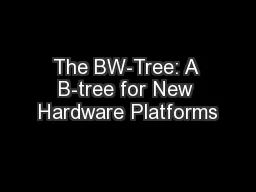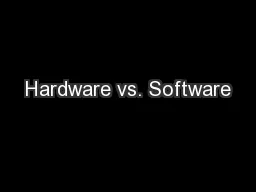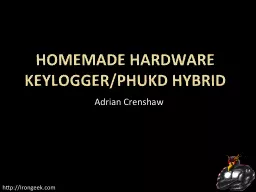PPT-The BW-Tree: A B-tree for New Hardware Platforms
Author : tatiana-dople | Published Date : 2018-11-08
Justin Levandoski David Lomet Sudipta Sengupta An Alternate Title The BWTree A Latchfree Logstructured Btree for Multicore Machines with Large Main Memories and
Presentation Embed Code
Download Presentation
Download Presentation The PPT/PDF document "The BW-Tree: A B-tree for New Hardware P..." is the property of its rightful owner. Permission is granted to download and print the materials on this website for personal, non-commercial use only, and to display it on your personal computer provided you do not modify the materials and that you retain all copyright notices contained in the materials. By downloading content from our website, you accept the terms of this agreement.
The BW-Tree: A B-tree for New Hardware Platforms: Transcript
Download Rules Of Document
"The BW-Tree: A B-tree for New Hardware Platforms"The content belongs to its owner. You may download and print it for personal use, without modification, and keep all copyright notices. By downloading, you agree to these terms.
Related Documents














